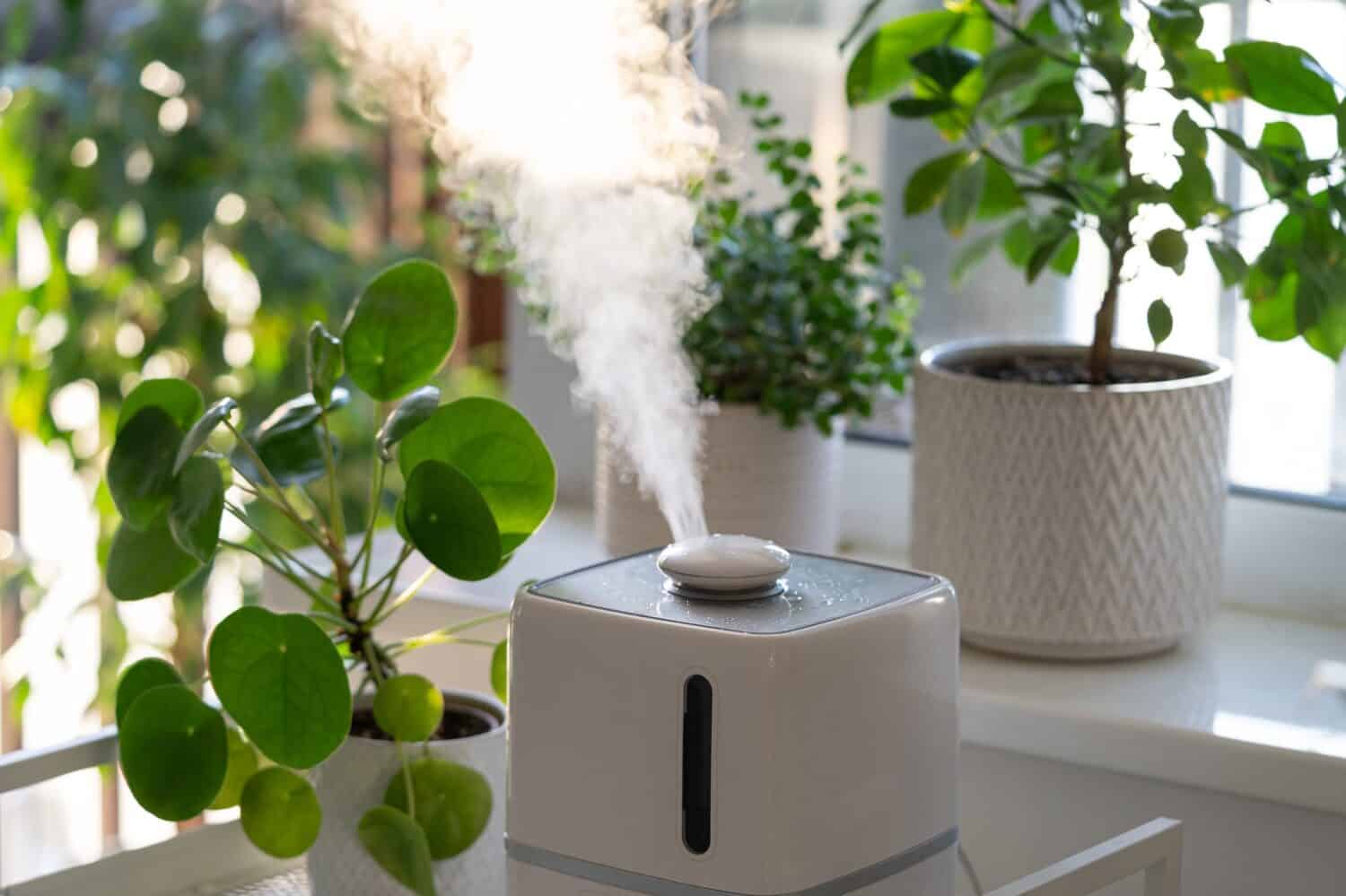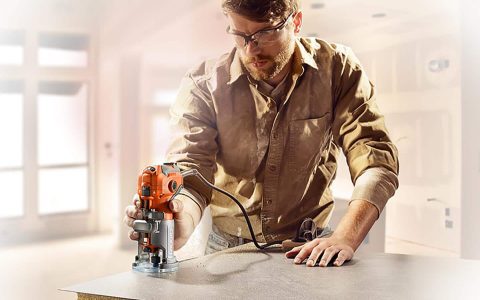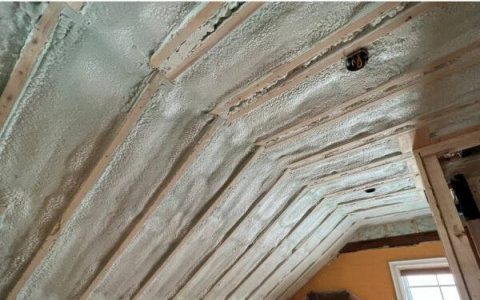Effectively increasing room humidity can alleviate issues like dry skin, irritated sinuses, and static electricity. There are several methods to achieve this, ranging from dedicated appliances to simple household practices.
Using a Humidifier
A humidifier is a device specifically designed to add moisture to the air. Key types include:
- Evaporative Humidifiers: These use a fan to blow air through a wet wick or filter, causing water to evaporate.
- Ultrasonic Humidifiers: These use high-frequency vibrations to create a fine mist of water. They are generally quiet.
- Warm Mist Humidifiers: These boil water to create steam, which is then released into the room. The heating process can kill some waterborne bacteria and mold.
- Central Humidifiers: These are built directly into your home's heating and air conditioning system, providing humidity to the entire house.
Important: When using a humidifier, opt for distilled or demineralized water to prevent the dispersal of minerals into the air. Regular cleaning according to manufacturer instructions is crucial to prevent mold and bacteria growth.

Natural Ways to Add Humidity
If you don't have a humidifier, or wish to supplement its use, consider these natural methods:
- Boiling Water: Simmering a pot of water on the stove will release steam. Be cautious and never leave it unattended.
- Showering with the Door Open: Allow steam from a hot shower or bath to escape into adjacent rooms by leaving the bathroom door ajar.
- Air-Drying Clothes: Hang wet laundry on an indoor rack. As the clothes dry, moisture evaporates into the air.
- Houseplants: Plants release water vapor through a process called transpiration. Grouping several plants together can enhance this effect.
- Bowls of Water: Place open containers of water near heat sources, like radiators or sunny windowsills, to encourage evaporation.
- Using a Spray Bottle: Periodically misting the air with a fine spray of water can provide a temporary humidity boost.
Key Considerations
Maintaining an optimal humidity level, typically between 30% and 50%, is important.
- Monitor Humidity: Use a hygrometer to measure the current humidity level in your room accurately.
- Avoid Over-Humidification: Excessive humidity can lead to condensation on windows, dampness, and the growth of mold, mildew, and dust mites. Ensure adequate ventilation if you notice these signs.










